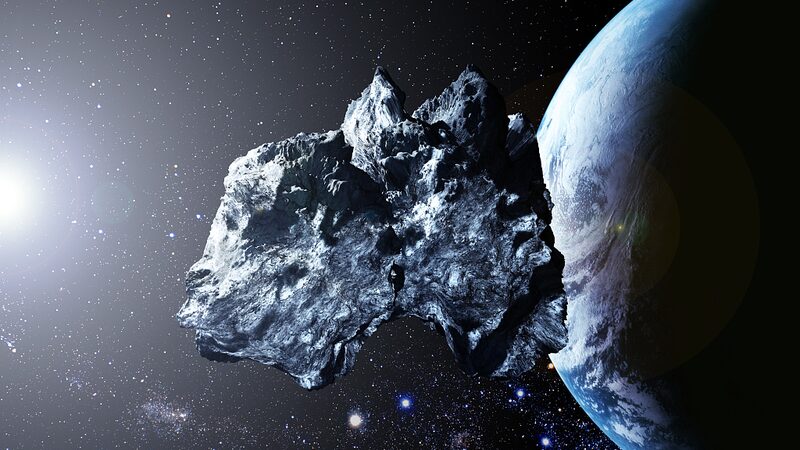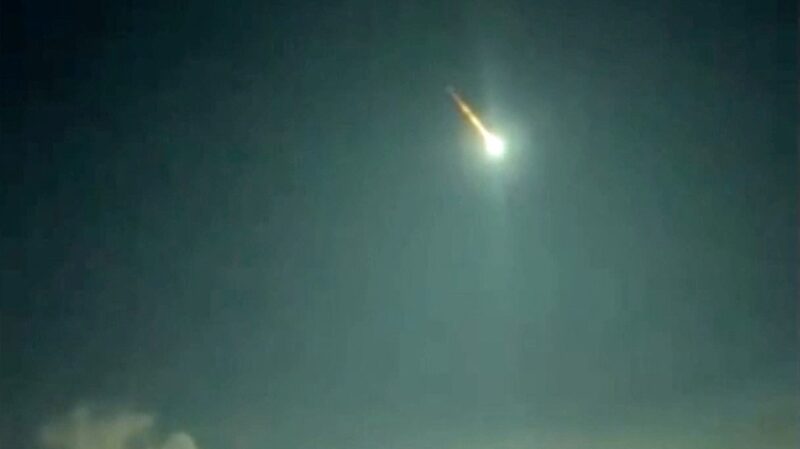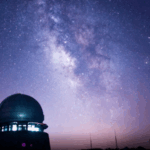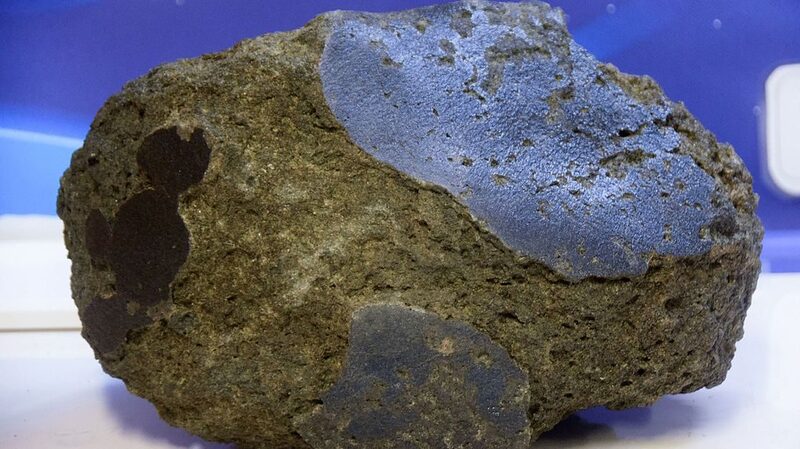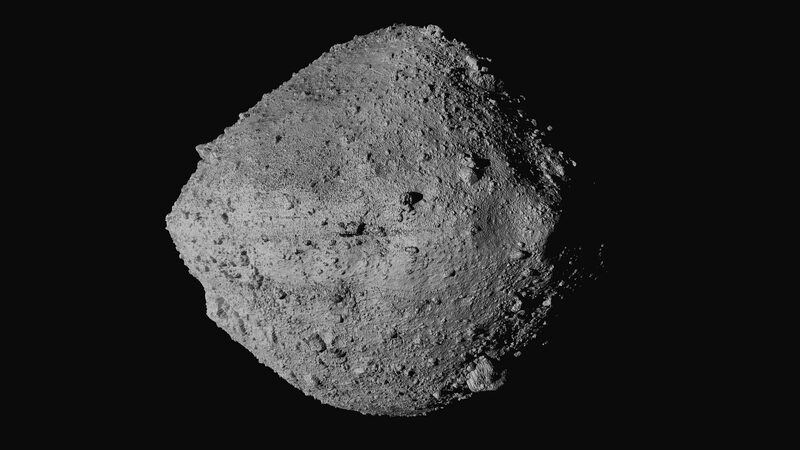Chinese and Ukrainian astronomers have joined forces to develop an innovative technique that enhances the monitoring of near-Earth asteroids (NEAs), a crucial step in mitigating potential asteroid risks to our planet.
NEAs are asteroids whose orbits bring them in close proximity to Earth. While most pose no immediate threat, the possibility of an impact underscores the importance of accurately tracking their trajectories. Timely and precise observations are essential for assessing their orbital elements and predicting any potential collision course with Earth.
However, observing these rapidly moving celestial bodies presents significant challenges. Traditional long-exposure imaging can result in streaked images of fast-moving asteroids, reducing the accuracy of positional measurements. This limitation hampers our ability to determine their precise orbits.
To overcome this obstacle, researchers from the Shanghai Astronomical Observatory (SHAO) under the Chinese Academy of Sciences and the Mykolaiv Astronomical Observatory in Ukraine have developed the rotating-drift-scan (RDS) charge-coupled device (CCD) technique. This innovative method allows astronomers to capture asteroids as point sources, even during long exposure times, significantly improving the precision of astronomical measurements.
The collaborative team utilized an extensive dataset comprising over 11,000 positional measurements of nearly 500 NEAs. These observations were made using two 50-centimeter telescopes located in Xi’an, a city in northwestern China, from 2019 to 2023, and in Mykolaiv, Ukraine, from 2011 to 2022.
The success of this technique demonstrates that a network of small-aperture telescopes equipped with the RDS CCD method can effectively enhance the global NEA monitoring system. By improving our ability to track and predict the paths of NEAs, this advancement contributes significantly to safeguarding Earth from potential asteroid impacts.
The study detailing this breakthrough was recently published in the Astronomical Journal, highlighting the importance of international collaboration in addressing global challenges. As space continues to be a domain of cooperative exploration and discovery, such partnerships are vital for the advancement of science and the protection of our planet.
Reference(s):
China, Ukraine astronomers develop new tech to mitigate asteroid risks
cgtn.com
